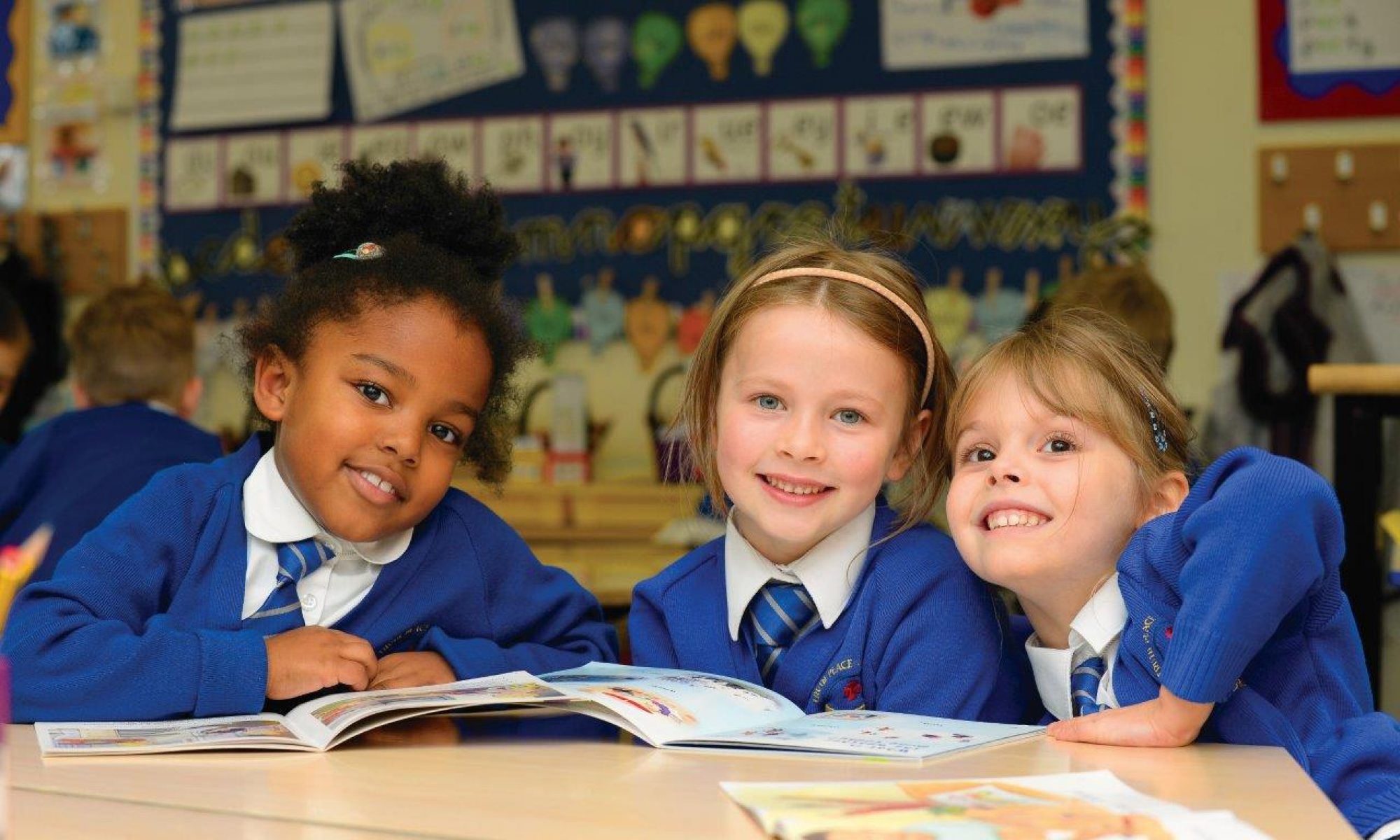Good morning Reception parents and children,
I hope you’ve all had a great weekend in the sunshine. Please continue to enjoy daily exercise and outdoor activities. Enjoying outdoor activities not only benefits children’s emotional wellbeing but also encourages an active life style.
Please also feel reassured that doing the simple things as a family, such as preparing meals together, helping with the washing, sharing a book and having cinema time at home are just as important in terms of your child’s home learning.
This week we’re going to focus on ‘getting ready’ for school. I have, therefore, reduced other home learning activities to allow parents and children time to relax and adjust in preparation for our return to school.

Personal, social and emotional development
There will be mixed emotions about our return to school next week. Some children will be excited whilst others may feel a little apprehensive. I am sure this is the case for parents too.
Please feel free to contact me either via Tapestry or the School Office if you have any concerns about the return to school. In particular, please let me know if you feel your child may require extra support or if there is anything that I should be aware of prior to our first day. It is important to me that all parents and children feel supported and our first week is a happy time for all.
Happy box

Please create a ‘happy box’ with your child ready to bring into school on Monday, 8 March. We will display the boxes in the classroom for the children to share with each other. This activity is not only great for language skills but will provide a link with home that your child can revisit during the day at school.
You will need:
An empty food packet/any kind of box that can hold a few things. No larger than a shoe box.
What to do:
- Start by talking about being happy. What does happy look like? What does happy feel like? Make some happy faces together, maybe looking in a mirror. Draw a smiley face. When they smile or feel happy, do they feel it anywhere else in their body – warm tummy, tingly toes?
- Explain that you are going to make a Happy Box – in it you will put 3 things that make you feel happy. You could model this by having your own Happy Box to show them. Talk about the things you put in it and why they make you feel happy.
- Ask your child what makes them feel happy? What would they like to put in their box – e.g. a pebble, a photo of Nana, a special toy. Together, go in search of 3 things. Use lots of happy words – smile, laugh, giggle, warm, cosy, joy, cheerful. Chat about why they have chosen each thing.
- Your child can put the things in their Happy Box. They might want to decorate the box first – you could talk about what colours make them happy and use felt tips/paint matching their happy colours.
- You can refer to the box every so often. Perhaps if your child is feeling sad and needs cheering up, you could suggest you look in their Happy Box and choose one of the things to look at and talk about. Or if they find something else that makes them feel happy, they could add that to the box later.
Top tips:
- Don’t include any precious items just in case of loss or damage
- Limit to 3/4 items
- Box no larger than a shoe box
- Name the box and items in the box
Maths
This activity will build on your child’s ability to subitise (recognise the amount of objects in a group at a glance without counting). Your child will also to learn that a whole number can be created by combining small parts.
You will need:
A dice
Collection of objects eg. dinosaurs, buttons, bricks, pasta
What to do:
- Show your child a familiar dot pattern, e.g. the five on a dice. Check they instantly recognise the value.

Ask your child to copy the pattern with objects. Initially use the same objects to make the pattern.

- Ask your child ‘Do you see any familiar dot patterns within the dinosaurs?’ Your child may answer ‘Yes I can see a 2 on the top’ or ‘I can see 3 diagonally’ or ‘1 in the middle’.
- Encourage your child to swap the objects for different ones to show the value they can see.

Extension and playing outside
Ask your child to collect natural objects around the outside area such as twigs, leaves and stones. Once they have a small collection, make little groups and explore how many there are by subitising where the group is small enough.
Note: subitising is recognising a group of objects at a glance without counting. The highest number that even adults will normally subitise to is 6. Try it yourself. Count a random collection of objects, say 10. You will notice that you immediately notice the groups eg. you may see 3, 5 and 2 to quickly count the objects and know there are 10.
Zoom meeting
You will notice from my timetable that I plan to hold an extra Zoom meeting on Tuesday at 1.15 pm. I will send the invitation to you all today. Up until now, we have met in small groups. However, I thought it would be nice to provide an opportunity for all the children to get together. There probably won’t be a chance for everyone to talk to each other. However, hopefully we will be able to share some news.
If up until now your child has been reluctant to join one of my meetings, try turning the camera off to allow your child to watch. Alternatively, your child could watch from a safe distance and nominate a soft toy to ‘stand in’ on the camera.
Enjoy your day.
Nicola Palmer

